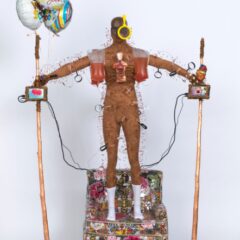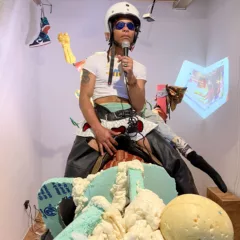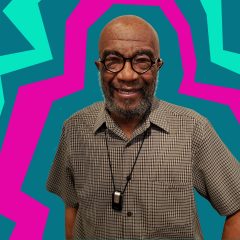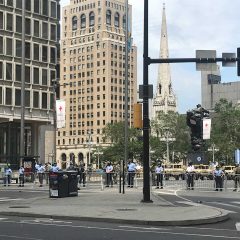In this extraordinary year of multiple art festivals in Philadelphia, Art in the Open Philadelphia, scheduled for June 9 to 12 along the Schuylkill River, is cut from a different cloth. This grand plan of four days of activities started out as a simple celebration of conventional plein air landscape painting, with artists painting in plain view of the public along the banks of the river.
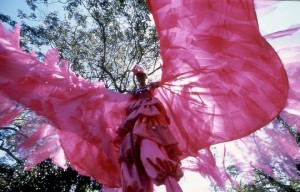
But it has morphed into something adventurous–relevant, contemporary and exciting without losing that crowd-pleasing element of people getting to interact with artists at work.
The recently announced list of participating artists suggests the activities from the Fairmount Water Works to Bartram’s Garden will explore the delicate balance between humans and the world that surrounds them. The festival also explores the cityscape, its parks, its thoroughfares, and their relationship to people.
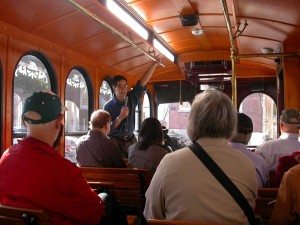
The relatively modest vision of my friend Edwin Bronstein has expanded in a way that really is closer to who he really is, athough he’ll tell you he just wants to get out there and paint.
“Anyone can come out and participate,” said Bronstein, who is perpetually energetic and optimistic. “The reason I started it was to participate in the festival.” And he will, with paints and easel. He looks forward to people stopping by and chatting with him as he’s busy looking.
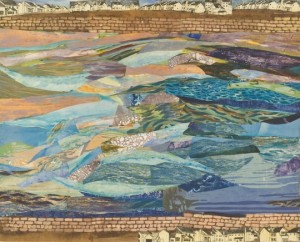
But Bronstein is more than his second career as a painter might suggest. His heart is in the city and its planning. The former award-winning architect still keeps his finger on the pulse of Philadelphia’s development, something about which he cares deeply. He co-founded and is on the Steering Committee of the Design Advocacy Group of Philadelphia, an association of planners, designers, and architects who try to make the city work better for everyone by bringing good ideas and good design into real-world discussions and decisions about city planning.
So he who wanted only only a little old-fashioned plein air festival has to be not only tickled pink by the changes, but also has to be somewhat credited for them–because he knows lots of smart people and he convinced them to get involved.
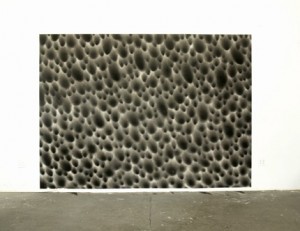
“I called up the woman who organized the Wayne Plein Air Festival and asked her everything she could tell me about how it was organized and then wrote a press release about the avenue of the river,” he said a couple of nights ago.
That’s what I mean–the avenue of the river. He just tosses that off like it’s not a big thought.
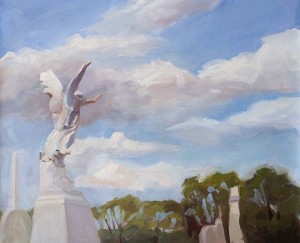
He wrote only three copies of the press release and handed one to City Parks Association Executive Director Deenah Loeb (Bronstein’s on the board of this group); and one to curator, arts administrator and artist Mary Salvante, founding director of the Environmental Art Program at the Schuylkill Center for Environmental Education. And voila! Bronstein had two partners as of February 2008. Then Mary Teeling of the Philadelphia Museum of Art came up with the name Art in the Open, and the group reserved the name artintheopenphila.org on the internet. Add some contemporary curators, including Lee Stoetzel, director of the West Collection at SEI, and voila!
The juried show includes multiple and experimental media from beyond the region; it embraces contemporary issues of the environment, graffiti, and social relationships. The end result is a festival that really does consider the avenue of the river while it embraces the multiplicity of the city, including activities suited for families with children.
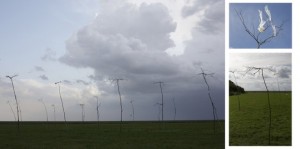
The 35 artists juried into the show will be building green structures, painting pathways, knitting and dancing (respectively Diedre Krieger of Philadelphia, Joseph Mangrum of New York, Laure Drogoul of Baltimore, and Leah Stein with Philadelphia public school students). They will be embedding new sounds into the environment, performing, and domesticating nature with fabrics of various sorts. They will work interactively and not. They will bring what is normally indoor activity out of doors. They will of course also photograph and paint, in traditional and untraditional ways, including using digital technology on the hoof.
But the juried-in group are just a piece of the festival. Like Bronstein, anyone can pick up an easel and paint along the river. Anyone who wants to can take a walk and talk to the artists and interact with the work that invites participation. In short, the festival is the city’s festival, unintimidating and inviting.
The four-day event will also include some open-to-the-public programs from guided walking tours of the tidal Schuylkill to a movie series about rivers, to landscape painting and drawing and writing sessions, some of which cost money, some of which are free. The events come from some of the 30-plus partnering institutions, which include the Bicycle Coalition of Greater Philadelphia, PAFA and the Fairmount Water Works Interpretative Center.
Meanwhile, Bronstein still has some jobs to do.
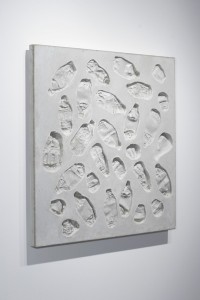
Ed: “My part is, I’m appealing to the local community along the river.”
Libby: What for?
Ed: “Oh, alms.
No, that didn’t work out. No, to have them participate–Logan Square [Neighborhood Association], Center City Residents, SOSNA–South of South Neighborhood Association.
We also are working with three schools–Greenfield; Science Leadership Academy. Leah Stein Dance group is working with students of the school. They are choreographing and will perform on location, and are making a video. I got to be there at the jurying. It was pretty exciting.
Libby: Oh, were you on the jury?
Ed: No. I just watched. I’m not coming to any more meetings. I make trouble. I say things that maybe I shouldn’t.
Libby: So how about the funding for this.
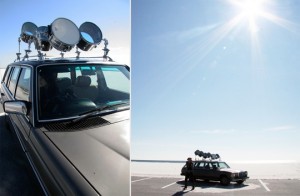
Ed: It’s all volunteer pretty much. Karen Jenkins from Lancaster set up the whole volunteer program. [He names some more names, people he met at friends’ houses, and then says of everyone who helped] I got everyone out of that partner-friend-contributor business. I had fun working with the river people.
Libby: Ed, what’s the third school?
Ed: Grover Washington. Ben Volta is working with the ninth graders there. Gary Steuer [director of the city’s Office of Arts, Culture and the Creative Economy] had this idea of doing something in City Hall Courtyard on the day of the festival opening, but the construction there made that impossible. So Ben Volta and the kids will be under the Walnut Street Bridge. Spiral Q Puppet Theater is also involved, for no money. We had bigger plans. We were going to have symposiums. Something at PAFA. But no grants came through. We didn’t have enough time or money. Maybe it was a blessing in disguise because all we had to do was just coordinate things.
For all its smallness and modest intentions, in some ways this feels like a bigger festival than NCECA and Philagrafika. Like those, it started out focused on an artistic practice. It ended up being about ideas, integrating them into the life of the city.


